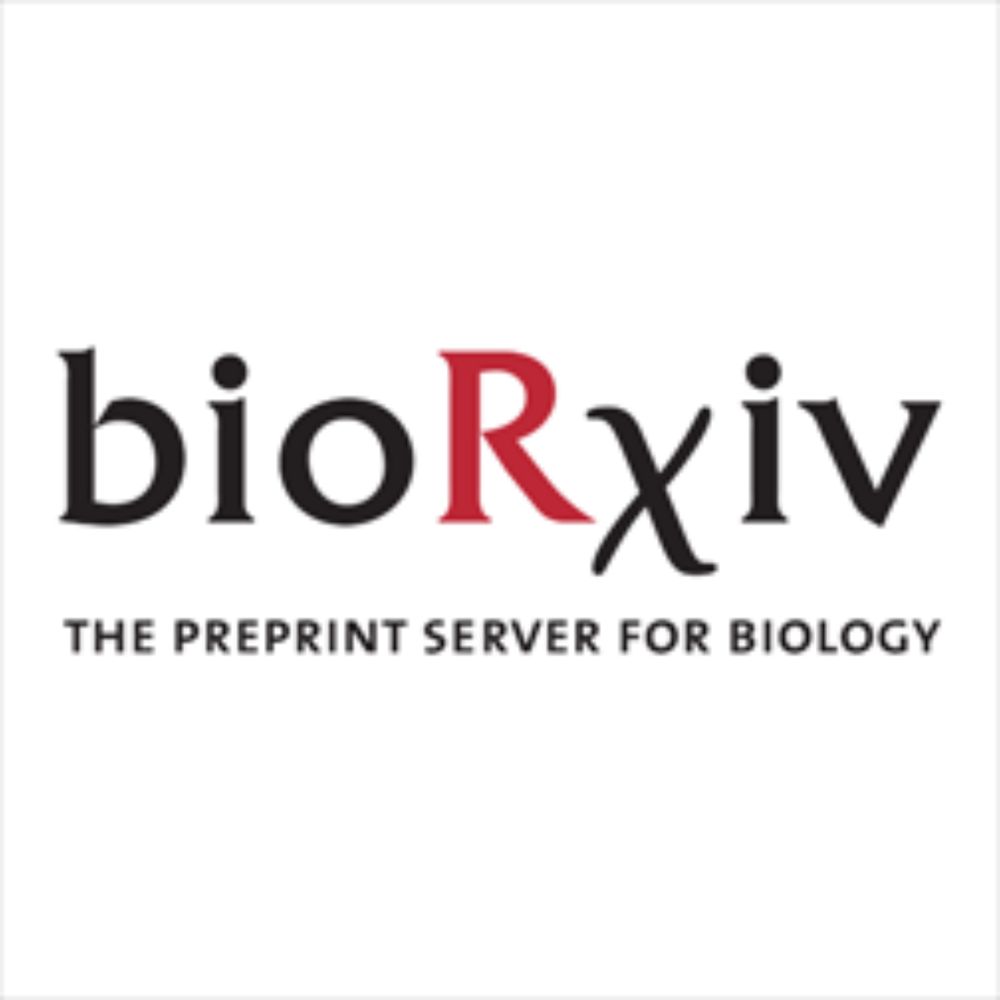🚨 Preprint alert! 🚨
Can mice estimate the distance to an odour source?
New work led by Cristina Marin and colleagues, jointly supervised by @andreas-t-schaefer.bsky.social at the @crick.ac.uk and myself.
Spoiler alert: Yes, they can!
Read the paper here: bit.ly/43A9tF9
Short 🧵 below
18.05.2025 08:41 — 👍 50 🔁 19 💬 1 📌 0
Linking function and structure at scale with X-rays - and several times over. Massive congratulations to the team @yuxinzhang.bsky.social, @carlesbosch.bsky.social, @apacureanu.bsky.social @esrf.fr, @crick.ac.uk and all our collaborators.
01.05.2025 12:24 — 👍 27 🔁 7 💬 1 📌 1
Due to a coincidence of timing, several PIs at NIMH had a term appointment that ended in Feb.
But renewals were blocked.
Several members of the NIMH external review board, led by chair @jmgrohneuro.bsky.social, wrote a letter to the Senate. It's worth a read.
2/
10.03.2025 03:59 — 👍 33 🔁 4 💬 2 📌 0
Here it is finally: Our mathematical methods book for life scientists! Aimed at advanced undergrads and beginning grad students, plus all those who want a deeper look at the math behind quantitative biology. @portugueslab.bsky.social.
1/3
20.02.2025 18:32 — 👍 131 🔁 39 💬 2 📌 5

Perception and neural representation of intermittent odor stimuli in mice
Odor cues in nature are sparse and highly fluctuating due to turbulent transport. To investigate how animals perceive these intermittent cues, we developed a behavioral task in which head-restrained m...
Yes, many worrying things happening in science that should take priority in grabbing our attention - but we are worried precisely because scientific knowledge is worth creating. In that spirit, I am proud to highlight our latest @biorxivpreprint.bsky.social preprint! #neuroscience 🧪
13.02.2025 18:34 — 👍 60 🔁 16 💬 1 📌 1

Dmitri Chklovskii outlines how single neurons may act as their own optimal feedback controllers
From logical gates to grandmother cells, neuroscientists have employed many metaphors to explain single neuron function. Chklovskii makes the case that neurons are actually trying to control how their...
From logical gates to grandmother cells, neuroscientists have employed many metaphors to explain single neuron function. Dmitri Chklovskii makes the case that neurons are actually trying to control how their outputs affect the rest of the brain.
By Paul Middlebrooks
bit.ly/4hPYk7w
#neuroskyence
12.02.2025 15:53 — 👍 23 🔁 7 💬 0 📌 2
YouTube video by Alexei Koulakov
My talk at NAISys 2024 conference at CSHL.
my talk about deep learning in olfaction at NAISys 2024 is posted on yoitube: www.youtube.com/watch?v=RRo5...
28.12.2024 16:22 — 👍 11 🔁 3 💬 1 📌 0
Thank you, Gonzalo. The respect is mutual. Next time u in NYC, coffee on me
12.12.2024 18:48 — 👍 2 🔁 0 💬 0 📌 0

One nose but two nostrils: Learning to align with sparse connections between two olfactory cortices
Sparse connectivity between brain hemispheres is sufficient to learn and achieve bilateral alignment based on a realistic local learning rule.
Glad to share this theory paper on learning to align neural representations with sparse connectivity. Work led by graduate student @leo-bo-liu.bsky.social, in a wonderful collaboration with Yuhai Tu from IBM Research and @shanq.bsky.social from Flatiron Institute. #neuroscience 🧪
02.12.2024 19:00 — 👍 39 🔁 7 💬 1 📌 0
I am here
02.12.2024 06:18 — 👍 9 🔁 1 💬 2 📌 0
Systems and computational neuroscientist at NYU
Professor, Molecular & Cellular Biology, Harvard University
Neuroscientist @crick.ac.uk asking how information is processed in the brain.
Odours. Circuits. Neurotechnology. Synchrotrons. BCIs.
Co-founder Paradromics
Twitter: @AndreasTSchafer
Olfactory Neurobiologist. Umbraphile. Music, BigMac, and TF2 enthusiast.
Neuroscientist at the Allen Institute for Neural Dynamics | UW NBio | prev: Champaliamud & UCSD
Systems neuroscientist. Assistant Professor at
Cornell. Studying the computational and circuit mechanisms of learning, memory and natural behaviors in rodents
labs at HMS Neurobiology and the Stanley center at the Broad, doing our best to understand cortical interneurons through developmental genetics and physiology.
Neuroscientist. Long-form opinions at https://markusmeister.com.
Neuroscientist curious to unravel how neurons learn from one another. McGill / Hopkins / HMS / NYU / McGill
https://www.tritschlab.org/
Human psychophysicist interested in all things smell.
📸: @smellboi24_7
How brain neural nets do computations; we aim to understand differences in brain wiring, using lasers and neuro-AI.
Lab head, NIH. Prev: media policy for democracypolicy.network.
linktr.ee/markhisted; Pers. views; neuro posts: 🧠 /🧪
Researcher at Cold Spring Harbor Laboratory; Interests: Neuroscience, Predictive processing, Olfaction; albeanulab.cshl.edu
Neuroscience Professor studying the neural circuits of social behaviors at NYU Grossman School of Medicine. Check out our lab website: www.dayulinlab.org.
Professor at Yale School of Medicine; Associate Director of Yale MD/PhD Program; Amateur Perfumer; Retired Attorney; Court-Appointed Special Advocate, CASA-NYC. 🧪🧪🧪 🦅🦅🦅🏈🏈🏈
https://medicine.yale.edu/profile/michael-nitabach/
Studying how balance develops, functions, and fails at NYU Langone. http://www.schoppiklab.com .
"And worse I may be yet: the worst is not so long as we can say, 'This is the worst.’” -- King Lear (Act IV Scene I)
Professor
NYU Neuroscience Institute
Developmental Neurobiologist
Motor circuits and Evo-Devo
Neuroscientist, working on connectomics & cognition. EMBO Postdoctoral Fellow @ FMI Basel 🇨🇭
Dedicated to helping neuroscientists stay current and build connections. Subscribe to receive the latest news and perspectives on neuroscience: www.thetransmitter.org/newsletters/







